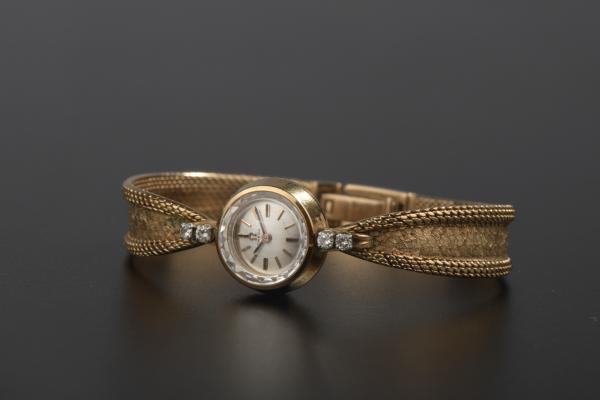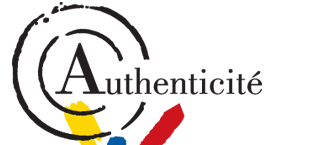 Valuation of a neay pair of wrought iron consoles in our next auction
Valuation of a neay pair of wrought iron consoles in our next auctionLe Floc'h auction house in Saint-Cloud, in collaboration with our experts specialized in free valuation and free appraisal will auction a near pair of French 20th century wrought iron consoles, Sunday 24th of November in Saint-Cloud.










Our teams in London and Paris are available to meet your needs whether you want to buy, sell or know the value of your works of art.
News releases

Roberto Matta-Echaurren (1911-2002) said Matta is one of the leading painters of the surrealist movement. His production was exceptional in the link he established between his paintings, his personal history and history.
His debut
Matta studied architecture at Santiago. In 1933, he worked in the studio of Le Corbusier in Marseille. He continues his European tour throughout Spain, Scandinavia and England, where he met the major figures of the art of the first half of the 20 th century as Henry Moore and Rene Magritte.

Courtesy of SARL Francois Léopold Touati
Matta a Surrealist painter
Matta performs a series of paintings in which he experimented with a new technique with a cloth; he puts colour on the canvas, which, as spread out, which decide on the further course of the brush. It is similar to automatic writing process in this series entitled "psychological morphologies". His approach is quite characteristic of the artistic researches of the Surrealist movement.
In New York during the war, he received in his workshop the future big names of the future Post War movement, in particular Jackson Pollock.

Courtesy of SARL Francois Léopold Touati
1945, turning
From this year, the work of Matta is strongly influenced by his political commitment. His paintings reflect the political conflicts; social and cultural rights shaking the world, tensions are visible and palpable in his paintings. He painted landscapes and spaces chaotic, explosive and swirling. It was during this time that he produced monumental works.
Artistic genius, Matta, like Picasso, is one of the few artists to have painted to denounce the horrors of history and the world in which he lived. Present in many museums, his works are sought after. His oil on canvas fetch around £50,000 and £80,000.
Main illustration: Courtesy of Artcurial


 +33 6 95 34 93 78
+33 6 95 34 93 78

